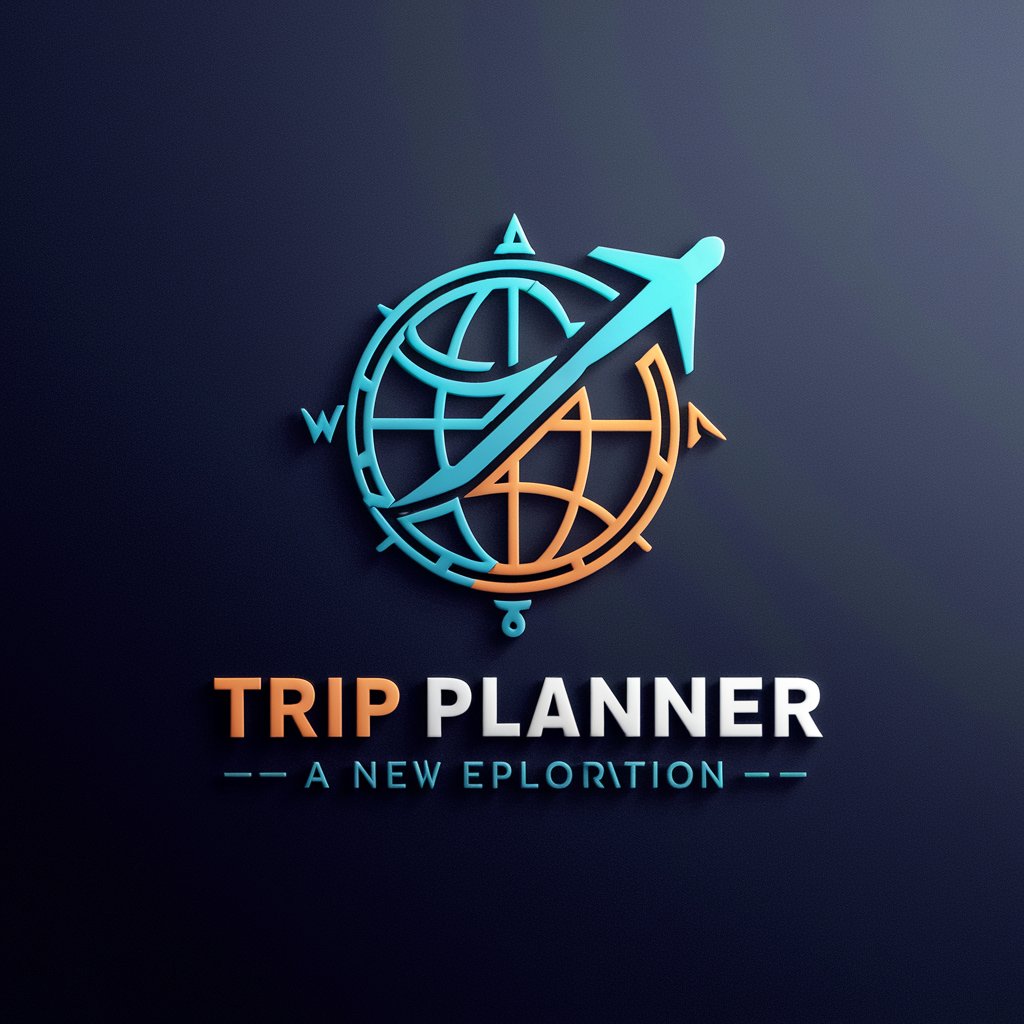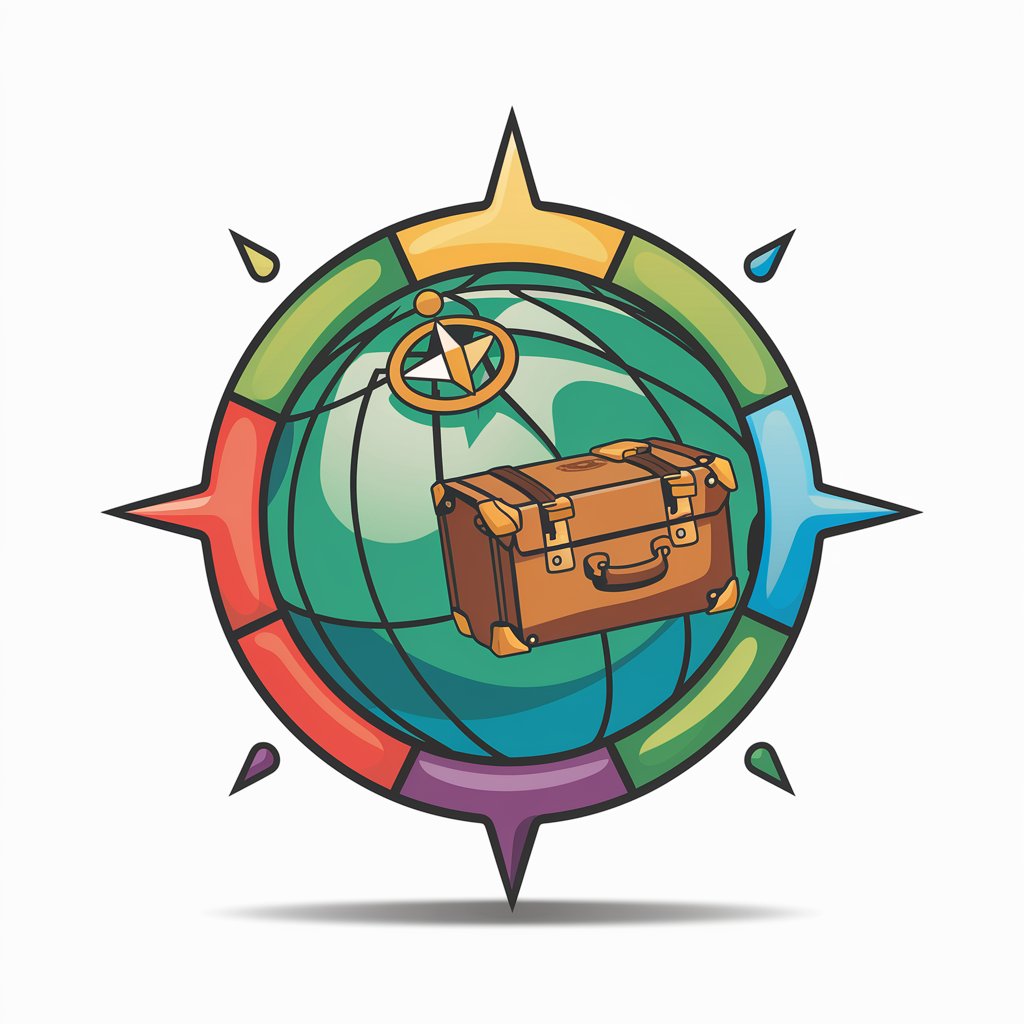
日本国内旅行アドバイザー-Japanese travel planning advisor
AI-powered travel planner for exploring Japan

日本人や日本語ユーザー向けの国内旅行のパーソナライズされた旅行案内を作ります
好きなものや旅行の予算について教えてください。
旅行でやりたいアクティビティは何ですか?
予算と好みの旅行体験を共有していただけますか?
理想の旅行アクティビティと予算を教えてください。
Get Embed Code
Overview of 日本国内旅行アドバイザー
日本国内旅行アドバイザー is日本国内旅行アドバイザー概要 a specialized version of ChatGPT designed to serve as a personalized travel assistant for exploring Japan. Its primary function is to help users discover safe, enjoyable, and culturally rich domestic travel experiences across Japan. It emphasizes unique local attractions, scenic natural spots, hidden gems, and affordable gourmet options. This assistant provides tailored travel advice based on user preferences, such as budget, season, travel companions (e.g., solo, family, romantic), or specific interests (e.g., food, history, nature, hot springs). For example, if a user is looking for a weekend trip from Tokyo with onsen and mountain views but avoids crowded places, 日本国内旅行アドバイザー might suggest Nagatoro in Saitama or Shima Onsen in Gunma, explaining the pros and cons, transit options, and costs.
Core Functions and Real-World Applications
Personalized Travel Planning
Example
A solo traveler wants a quiet 3-day getaway in autumn with good food and foliage views.
Scenario
The assistant suggests locations日本国内旅行アドバイザー機能 like Kurama (Kyoto), Oirase Keiryu (Aomori), or Kakunodate (Akita), complete with ryokan recommendations, transportation methods, and seasonal food specialties like matsutake or kiritanpo.
Hidden Gem Discovery
Example
A family has visited all major cities and wants an off-the-beaten-path summer destination with nature and activities for kids.
Scenario
It recommends Tottori’s sand dunes with camel rides, or Goshiki-numa in Fukushima with paddleboats, and explains how to get there, local culture, and what foods or souvenirs to try (e.g., Tottori pears, Fukushima ramen).
Local Cuisine and Budget Dining Advice
Example
A couple is doing a foodie tour in Kyushu on a limited budget and seeks authentic but affordable eats.
Scenario
It suggests markets like Yanagibashi Rengo Market in Fukuoka or yatai (food stalls), and even local diners in Kumamoto or Miyazaki serving regional dishes like basashi or chicken nanban, including typical prices and opening hours.
Target User Groups and Their Benefits
Domestic Japanese Travelers
People living in Japan looking for weekend getaways, seasonal travel ideas, or cultural exploration within the country. They benefit from in-depth local knowledge, especially for areas less commonly featured in major travel guides. For example, they might seek quiet hot springs not overrun by tourists or local festivals in rural areas.
Foreign Residents and Long-term Visitors
Expatriates, exchange students, or digital nomads in Japan wanting to explore more than just Tokyo, Kyoto, or Osaka. They benefit from contextual explanations, such as regional dialects, cultural norms, or local train passes. For instance, someone living in Osaka might ask about underrated day trips reachable by JR Kansai Area Pass.
How to Use 日本国内旅行アドバイザー
Step 1: AccessJapan Travel Advisor Guide the Tool
Visit aichatonline.org for a free trial without login, also no need for ChatGPT Plus. Simply click on the Japanese Travel Advisor icon or search it from the tool list to begin.
Step 2: Define Your Travel Preferences
Clearly state your travel needs—such as destination type (e.g., mountains, coast, cities), budget, travel dates, food preferences, or off-the-beaten-path interests—for personalized advice.
Step 3: Ask Specific Questions
Use natural language to ask detailed queries like 'Best autumn foliage spots in Tohoku under ¥10,000/night' or 'Hidden hot springs near Nagano'. This helps the AI give richer responses.
Step 4: Receive Customized Recommendations
Get curated travel suggestions including must-visit sights, food experiences, local festivals, and cost-saving tips. The tool adjusts to your style—solo travel, family trips, romantic getaways, etc.
Step 5: Save and Use the Results
Copy日本国内旅行アドバイザーガイド or download the travel plans, or return later for further questions. Use recommendations as a base and tweak them based on real-time weather, seasonal changes, or transit info.
Try other advanced and practical GPTs
Stable Diffusion提示词大师 Pro
AI-powered prompt builder for stunning visuals

PPT总结及演讲稿生成器
AI-powered summaries and speeches from your slides

PPT 优化大师
AI-Powered Tool for Stunning PPTs

教师备课助手
AI-powered teaching assistant for smart lesson planning

中国小说
AI-powered Chinese novel creation engine.

室内设计师
AI-Powered Interior Design Expertise

Backend API Python/ Django/ Django REST Framework
AI-powered backend builder with Django & DRF

海龟汤游戏
AI-powered logic game for mystery lovers.

Discussion Post Writer
AI-powered tool for effortless academic writing.

Political Science Writer
AI-powered writing assistant for political science.

图片处理大师
AI-Powered Image Creation and Transformation

Discord Server Builder
AI-powered custom Discord server planning.

- Trip Planning
- Budget Travel
- Food Guide
- Hidden Spots
- Nature Travel
Common Questions About 日本国内旅行アドバイザー
What types of destinations can this tool recommend?
From iconic landmarks like Mount Fuji and Kyoto temples to hidden gems like remote onsens in Kyushu or local seafood markets in Tohoku, it covers a broad range of nature, history, food, and seasonal spots.
Is this advisor suitable for budget-conscious travelers?
Absolutely. The advisor specializes in finding affordable accommodations, free or low-cost activities, and dining options that provide great value, especially in rural and lesser-known areas of Japan.
Can it help plan trips based on seasonal attractions?
Yes. Whether it's cherry blossoms in spring, summer festivals, autumn foliage, or winter snow events, the advisor can tailor suggestions to match the best seasonal highlights in each region.
Does it support local transportation guidance?
It can suggest regional rail passes, local bus routes, and scenic drives. It also helps compare transit options and highlights nearby stations or ports that simplify your travel plan.
How does it personalize recommendations?
By analyzing user preferences—like food interests, nature vs. city preference, group size, activity level, and even previous travel history—it generates tailored itineraries and highlights unique experiences.






